|
It occurred to me that I have never featured a bear as the Awesome Animal. That ends today! I decided to choose a bear that is unusual and that some people may not be aware of. Let's take a look at the Sun Bear, the smallest of the world's eight bear species! What the heck is a Sun Bear? Sun bears, sometimes called Malayan sun bears or honey bears, live in Southeast Asia, including southern China into India, and south into Indonesia. They are smaller than other bears, weighing only 55 to 143 pounds (25 to 65 kg). This is only about half the size of an American black bear. They get the name sun bear from the yellow or cream-colored patch of fur on the chest. Legend has it that this patch represents the rising sun. Their small size helps them climb trees, and they are the most arboreal of all the bears. In fact, they even sleep in trees. Amazing Facts about Sun Bears Basindo nan tenggil. That's what sun bears are called in the Malay language. It means "he who likes to sit high." This is an ideal name for a bear that spends so much time up in trees. To help them climb, sun bears have really long claws, about 4 inches (10 cm) long! Also, the palms of their paws are hairless, to help them hold on to branches, and they have powerful legs for climbing. Other bears have longer snouts and eyes that face out to the sides. Sun bears have short snouts and eyes that face forward. Forward-facing eyes allow better depth perception, which really helps when you're climbing around in trees. Sun bears sometimes make sleeping nests high in the trees by gathering branches and leaves and arranging them into a comfy platform. They live in tropical forests, and their short fur helps them stay cool. Because of their short hair and head shape, sun bears have earned the nickname dog bear. Sun bears are omnivores, which means they eat a wide variety of different foods. Their menu list includes termites, ants, bees (and of course honey), beetles, seeds, nuts, and fruits. They seem to love figs and often consume an impressive number of them at once. To help them slurp up bees, honey, and termites, sun bears have really long tongues, usually about ten inches (25 cm). Check out this fun video, which shows the sun bear's long tongue in action, as well as its climbing skills, and more. If some of these photos remind you of a wrinkled-skinned Shar Pei dog, that's because the sun bear has similarly wrinkled and loose skin. Why? This is a defense against predators. If a predator (such as a tiger) grabs hold of a sun bear, the loose skin allows the bear to move enough to turn and bite the predator to escape. Sun bears have powerful jaws and are very capable of defending themselves. Sun bears are elusive, and little is known of their reproductive habits in the wild. In fact, we don't even know how long their pregnancies last. Some reports claim they are pregnant for only 95 days, others claim they are pregnant for as long as 240 days! Here's what we do know. There is no distinct breeding season, and females can give birth any time during the year (they are the only bears that can do this). This characteristic is probably because they live in tropical areas, without a distinctly cold season. Motherhood is a big job for female sun bears. They usually give birth to one or two cubs in a hollow tree. The cubs weigh only about 11 ounces (311 grams). These tiny newborns cannot hear, and their eyes are not open. In fact, their eyes remain closed for for 25 days. Once their eyes finally open, they are still blind until 50 days after being born. They don't even start running around and playing until four to five months. Then the babies stay with the mother for almost three years. As you can probably imagine, baby sun bears are rather cute. Unfortunately, sun bear numbers have declined drastically in recent decades. They are hard to find in the wild, so we aren't sure of their exact numbers. This lack of data prevents them from being listed as endangered, but scientists are sure their numbers are dwindling. The main reasons? Farming and logging have resulted in massive losses of their habitat. Also, poachers hunt them for meat and for body parts used in traditional medicine. Their gall bladders are commonly taken and sold for the bile. However, scientists have found no evidence that using the bile has any real benefit to humans. Sometimes mother sun bears are shot, and the babies are then taken and sold as pets. The good news is, as we learn more about sun bears, more research-based efforts are being made to insure they have a future. So, the Sun Bear deserves a place in the S.A.H.O.F. (Stupendous Animal Hall of Fame). FUN FACT: The word stupendous has been around for a while. It was first used in the early 1600s, and was derived from the Latin stupendus, meaning "to be wondered at." Today, stupendous is defined as "causing astonishment or wonder." Example: The Grand Canyon has some stupendous hiking trails. Another definition of stupendous is "of amazing size or greatness." Example: They are a family of stupendous wealth. So, stupendous is another way to say awesome! Photo Credits:
Sun bear hanging upside down - Wikimedia Commons, Theo Kruse Burgers' Zoo, CC BY-SA 4.0 Sun bear in tree - Ucumari photography. CC BY-NC-ND 2.0 Sun bear tongue - guppiecat. CC BY-NC-ND 2.0 Sun bear baby - San Diego Zoo Sun bear lounging in zoo - DepositPhotos
0 Comments
Leave a Reply. |
Stan's Cogitations
Everyone needs a creative outlet. That's why I write. Archives
July 2024
|

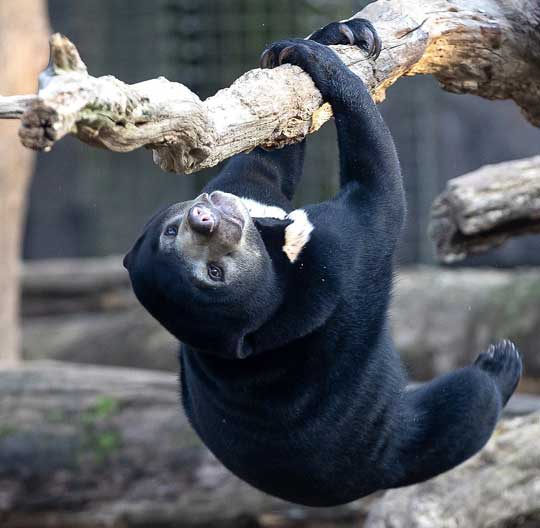
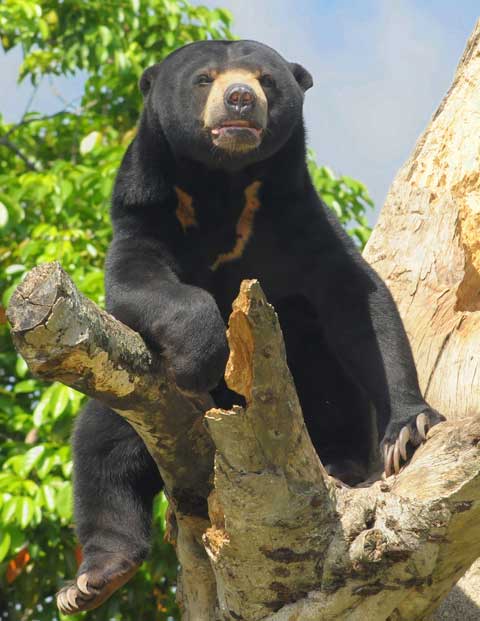
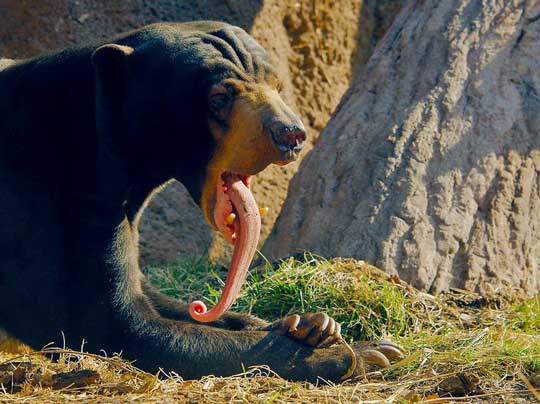
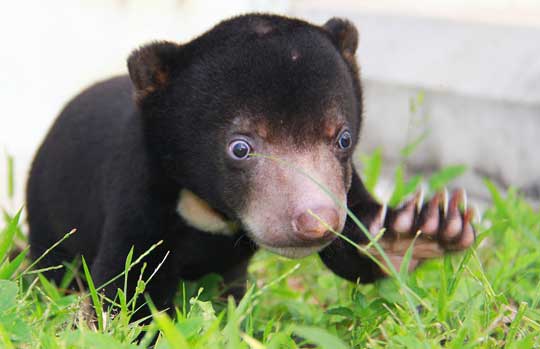
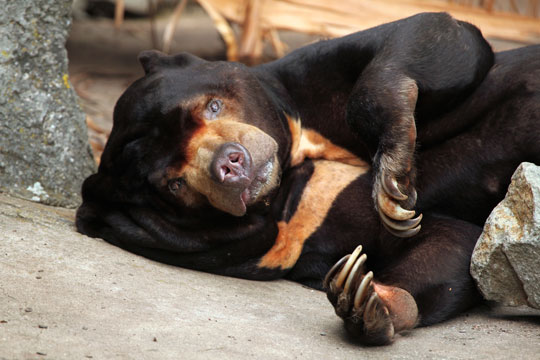
 RSS Feed
RSS Feed